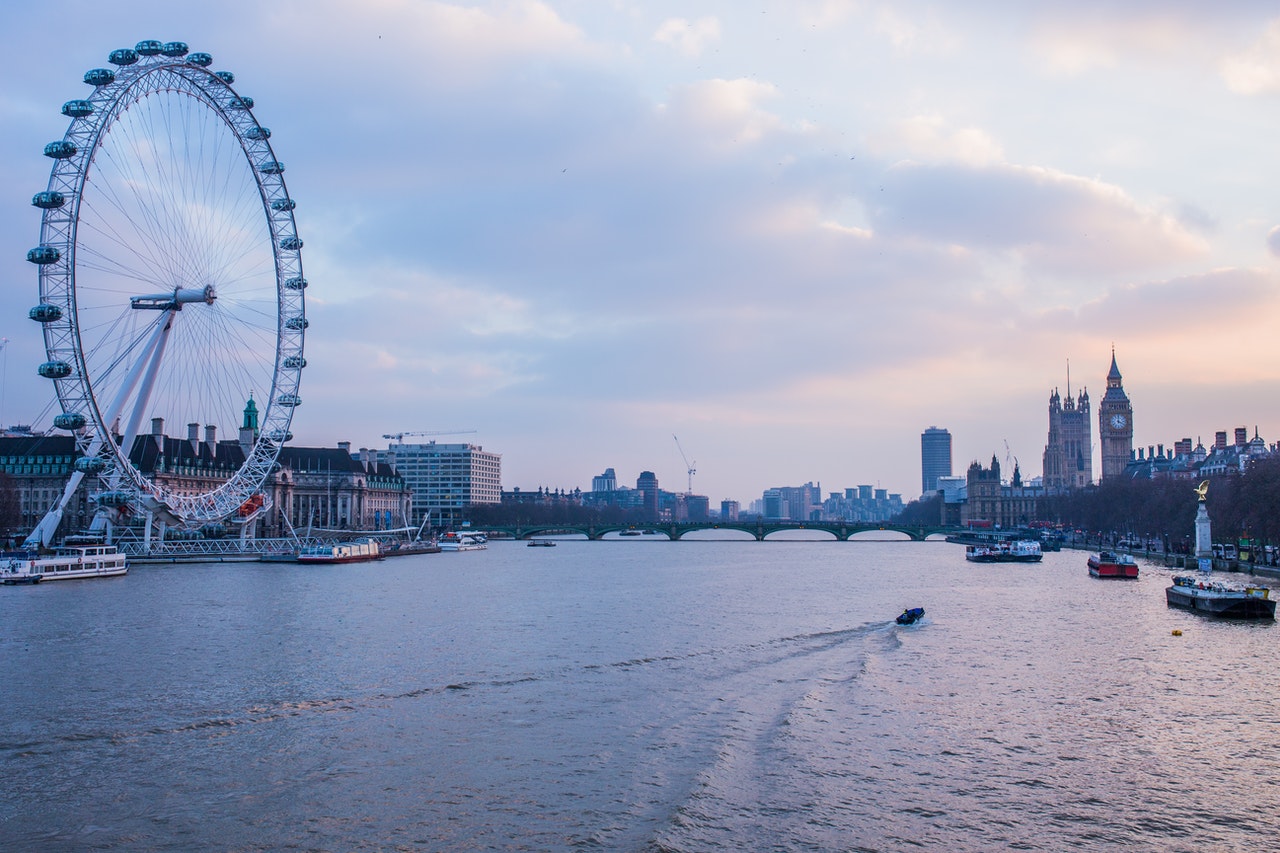New research by Environmental Defense Fund Europe (EDFE) and Global Action Plan has found that commuter hotspots in London have shown an average decrease in nitrogen dioxide (NO2) of 30% compared to 9-17% across Greater London during lockdown.
Busy areas also saw up to 50% drops in pollution during rush hours.
EDFE analysed pollution data from the Breathe London monitoring network during morning (8-11am) and evening (5-8pm) commuting hours in the first four weeks of lockdown, finding reductions of:
- Borough High Street, at the base of London Bridge: 37% morning and 47% evening.
- Cowcross Street, near Farringdon Train Station: 38% morning and 43% evening.
- South Street, adjacent to the major transport thoroughfare of Park Lane: 32% morning and 50% evening.
These three sites were also in the top five of overall NO2 pollution reduction locations for the Breathe London network. NO2 is a toxic pollutant produced when fossil fuels such as diesel, petrol or natural gas are burned.
In order to keep air pollution down, particularly during rush hour, Global Action Plan is calling on businesses to offer remote working to employees to ease pressure during peak travel times.
Additional research also shows that Londoners are more concerned about the air pollution since lockdown and are keen for it to stay low. A recent survey by Global Action Plan, commissioned by urban health foundation Guy’s and St Thomas’ Charity, finds:
- 72% of Londoners noticed cleaner air during lockdown.
- 70% of Londoners want government and local authorities to tackle air pollution and traffic more urgently than before the coronavirus outbreak.
- 40% of Londoners are more concerned about air pollution since the coronavirus outbreak.
- 80% of Londoners would like to work remotely after lockdown to some extent.
- 73% of Londoners are happier not dealing with rush hour.
As part of Global Action Plan’s call for continued remote working through the Build Back Cleaner Air project with Guy’s and St. Thomas’s Charity, they are helping businesses emerge safely and sustainably from the coronavirus pandemic.
The project is offering businesses free support through the Business for Clean Air Initiative which launched on 24 June.
NOW READ: City Hall fears less investment in London than the regions
Shirley Rodrigues, Deputy Mayor for Environment and Energy, said: “Toxic air contributes to thousands of premature deaths in London every year and there is emerging evidence linking air pollution with an increased vulnerability to Covid-19.
“The Mayor has taken bold action with measures such as the world’s first Ultra Low Emission Zone and Low Emission Bus Zones, and they are already transforming the air we breathe.
“London’s recovery from this pandemic must be a green, fair and prosperous one, and it’s clear that Londoners agree. Our challenge is to eradicate air pollution permanently and ensure the gains we’ve made through policies such as ULEZ continue.
“The Mayor’s new Streetspace programme is fast-tracking the transformation of streets across our city to enable many more people to walk and cycle. By making the right choices we can all play a part in tackling our air pollution crisis.”
Kate Langford, programme director of health effects of air pollution at Guy’s and St Thomas’ Charity, added: “We know that air pollution disproportionately impacts some people’s health more than others, including children and people with long-term conditions.
“There is also emerging evidence that Covid-19 leads to long-term lung damage and the groups disproportionality impacted by the virus are likely to be affected by air pollution as their lungs recover.
“This research makes clear that Londoner’s want the cleaner air and safer streets they have experienced in the last few months to remain, and that all parts of society including employers and businesses have a part to play in making the cities we live in healthier.”
For the latest headlines from the City of London and beyond, follow City Matters on Twitter, Instagram and LinkedIn.








